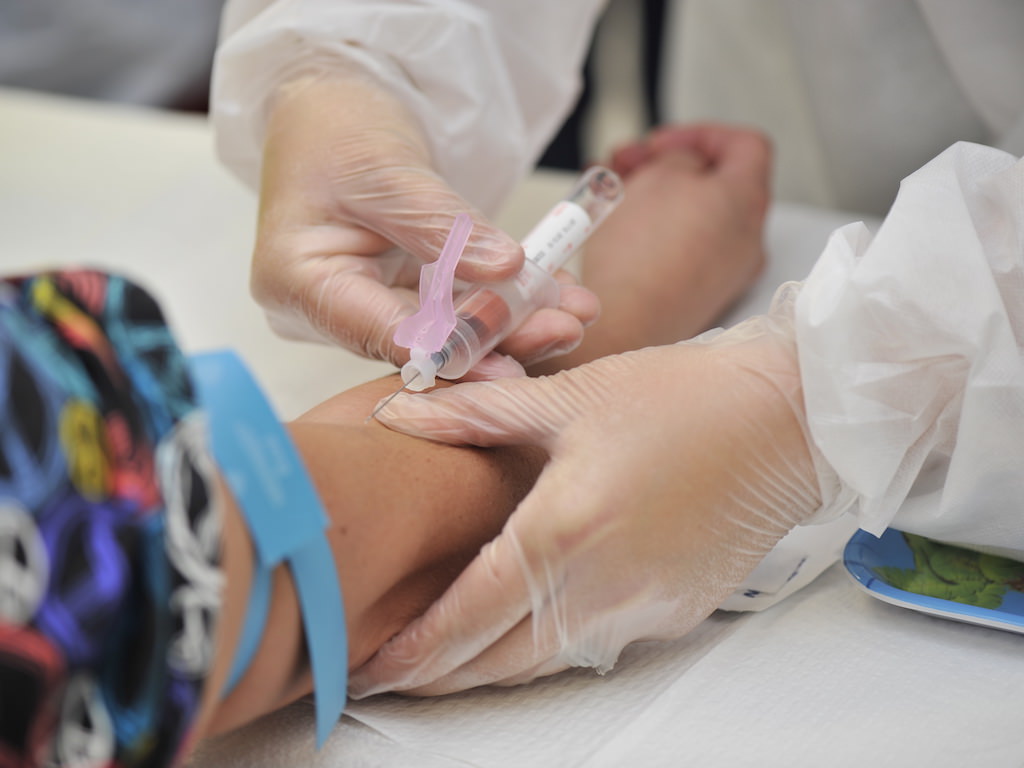The Only Guide to Northeast Medical Institute - New Haven Campus Phlebotomy Course & Cna Class
The Only Guide to Northeast Medical Institute - New Haven Campus Phlebotomy Course & Cna Class
Blog Article
Little Known Questions About Northeast Medical Institute - New Haven Campus Phlebotomy Course & Cna Class.
Table of ContentsUnknown Facts About Northeast Medical Institute - New Haven Campus Phlebotomy Course & Cna ClassNortheast Medical Institute - New Haven Campus Phlebotomy Course & Cna Class for BeginnersThe 9-Second Trick For Northeast Medical Institute - New Haven Campus Phlebotomy Course & Cna ClassThe 5-Second Trick For Northeast Medical Institute - New Haven Campus Phlebotomy Course & Cna ClassNortheast Medical Institute - New Haven Campus Phlebotomy Course & Cna Class - An OverviewThe Of Northeast Medical Institute - New Haven Campus Phlebotomy Course & Cna Class
The usage of such tools must be gone along with by other infection avoidance and control practices, and training in their use.For settings with reduced resources, cost is a motoring consider procurement of safety-engineered tools - Phlebotomy Courses. Where safety-engineered devices are not offered, experienced usage of a needle and syringe serves. Accidental direct exposure and specific info regarding an event should be videotaped in a register. Support solutions ought to be advertised for those who undertake unintended direct exposure.
In the blood-sampling area for an outpatient department or center, offer a comfortable reclining sofa with an arm remainder.
Northeast Medical Institute - New Haven Campus Phlebotomy Course & Cna Class Things To Know Before You Get This
Guarantee that the signs for blood sampling are clearly defined, either in a created protocol or in documented directions (e.g. in a research laboratory form). Accumulate all the equipment needed for the procedure and location it within safe and simple reach on a tray or cart, guaranteeing that all the things are clearly noticeable.
Where the person is adult and conscious, comply with the actions detailed listed below. Present yourself to the person, and ask the individual to mention their complete name. Examine that the lab kind matches the person's identity (i.e. match the client's information with the research laboratory kind, to ensure accurate identification). Ask whether the license has allergic reactions, fears or has actually ever passed out throughout previous shots or blood attracts.
Make the person comfy in a supine setting (if possible). The individual has a right to decline an examination at any kind of time prior to the blood sampling, so it is essential to ensure that the individual has actually comprehended the treatment - Phlebotomy Courses.
The Ultimate Guide To Northeast Medical Institute - New Haven Campus Phlebotomy Course & Cna Class
Extend the individual's arm and evaluate the antecubital fossa or forearm. Find a blood vessel of a great dimension that is noticeable, straight and clear. The diagram in Section 2.3, reveals typical settings of the vessels, however several variants are feasible. The median cubital vein lies in between muscle mass and is typically one of the most very easy to penetrate.
DO NOT put the needle where blood vessels are drawing away, due to the fact that this increases the chance of a haematoma. The capillary needs to be visible without applying the tourniquet. Locating the vein will certainly help in identifying the right dimension of needle. Apply the tourniquet about 45 finger widths over the venepuncture site and re-examine the blood vessel.
Haemolysis, contamination and presence of intravenous fluid and medication can all change the results (39. Nursing staff and medical professionals might access central venous lines for samplings complying with protocols. Samplings from central lines carry a threat of contamination or incorrect laboratory examination results. It serves, yet not excellent, to injure samplings when first introducing an in-dwelling venous device, before connecting the cannula to the intravenous fluids.
Getting My Northeast Medical Institute - New Haven Campus Phlebotomy Course & Cna Class To Work
Permit the area to dry. Failure to permit enough contact time enhances the risk of contamination. DO NOT touch the cleaned up site; specifically, DO NOT put a finger over the blood vessel to lead the shaft of the subjected needle. It the website is touched, repeat the disinfection. Execute venepuncture as complies with.
Ask the patient to form a hand so the blood vessels are much more famous. Get in the blood vessel quickly at a 30 degree angle or much less, and remain to present the needle along the blood vessel at the most convenient angle of entrance - CNA Classes. As soon as sufficient blood has been collected, launch the tourniquet prior to taking out the needle
The Greatest Guide To Northeast Medical Institute - New Haven Campus Phlebotomy Course & Cna Class
Take out the needle delicately and apply mild stress to the website with a clean gauze or completely dry cotton-wool ball. Ask the patient to hold the gauze or cotton wool in area, with the arm extended and raised. Ask the patient NOT to flex the arm, because doing so causes a haematoma.

The 7-Second Trick For Northeast Medical Institute - New Haven Campus Phlebotomy Course & Cna Class
Do not press the syringe bettor due to the fact that additional pressure raises the risk of haemolysis. Where feasible, maintain televisions in a rack and move the rack in the direction of you. Inject downwards right into the ideal coloured stopper. DO NOT eliminate the stopper due to the fact that it will release the vacuum. If the example tube does not have a rubber stopper, infuse exceptionally slowly into the tube as decreasing the stress and speed used to move the sampling decreases the danger of haemolysis.

Report this page